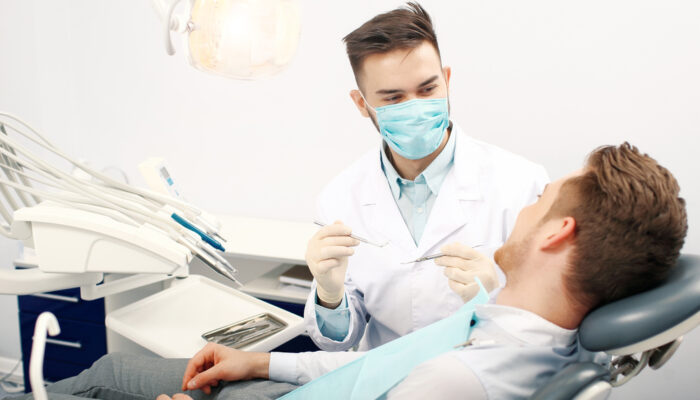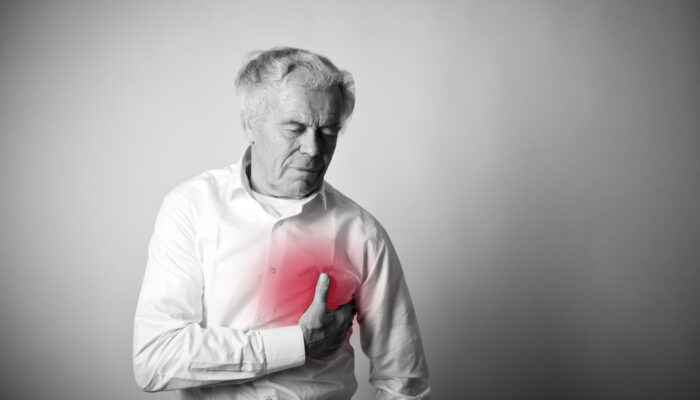Health & Wellness
Head And Neck Cancer Treatment Options In The Country
Head and neck cancer treatment options in the country Most cancers of the head and neck are curable if they are caught at an early stage. Apart from eliminating cancer, which is the primary goal, preserving the functionalities of the nearby organs, nerves, tissues, and glands are also very important. Doctors, when planning the head and neck cancer – treatment, consider all the facets that might affect a patient’s quality of life, such as how the person feels, talks, eats, breathes, etc. In this article, we will discuss the different options that are available for head and neck cancer – treatment. What all does a doctor take into consideration when planning for treatment? While making plans for treatment, patients are also encouraged to consider a clinical trial to check whether it works, which includes testing with different types of medication, a combination of standard treatment methods and medicines, or other treatments. Moreover, doctors want to learn whether the new treatment methods are safe and more effective than the standard ones. For this purpose, doctors usually form a multidisciplinary team to make an effective evaluation process before starting any treatment. What is the cancer care team? Head and neck cancer – treatment by cancer care specialists provides care for the patients and studies the treatment methods that are suitable for the patients. The team includes several specialists, as follows: Medical oncologist : Medical specialists who use chemotherapy and targeted therapy for treating cancer. Radiation oncologist : Medical specialists who use radiation therapy for treating cancer. Surgical oncologist : Doctors specialized in treating cancer using surgical methods. Reconstructive/plastic surgeon : Medical specialists who are experts in repairing damage caused by cancer treatment through reconstructive surgical methods. Maxillofacial prosthodontist : A doctor who is specialized in restorative surgery in the head and neck areas. Otolaryngologist : A doctor who is specialized in ear, nose, and throat. The oncologic dentist or oral oncologist : Dentists expertized in caring for patients with head and neck cancer. Physical therapist : A medical professional who helps patients recover their physical strength and mobility. Audiologist : A medical professional who treats and manages problems related to audio and speech. Psychologist : Mental healthcare professionals who take care of the emotional, psychological, and behavioral needs of the patient and their families. The cancer care team also includes a variety of other medical professionals, such as physician assistants, oncology nurses, pharmacists, counselors who create a comprehensive treatment plan before the actual treatment begins. What are the factors that may affect the treatment plan? Treatment options, plans, and recommendations depend on several factors, which include the following: The type of head and neck cancer The stage of head and neck cancer The possible side effects The patient’s overall health and medical condition What are the best treatment methods for head and neck cancer – treatment? Overall, the main treatment options for head and neck cancer – treatment are surgery, radiation therapy, chemotherapy, and targeted therapy. A patient’s treatment plan may include surgery or radiation therapy or a combination of different methods along with different medications. Surgery : The main motive of head and neck cancer – treatment with surgery is to remove the cancerous cells and some part of the surrounding healthy tissue. There are 4 main types of head and neck cancer – treatment surgeries: laser technology, excision, lymph node or neck dissection, and reconstructive or plastic surgery. Some people may require more than one operation to remove cancerous cells, which depends on the location, stage, and type of cancer. Moreover, it is often difficult to remove cancer completely, and there comes the requirement of additional treatments, which may include radiation therapy or chemotherapy to destroy the cancerous cells that cannot be removed by surgery. Radiation therapy : Radiation therapy is used to destroy cancer cells with the use of high energy x-rays or other particles. A radiation therapy plan usually consists of a specific number of treatments given over a set period of time. The two most common types of radiation therapy are external-beam radiation therapy and internal radiation therapy. Chemotherapy : Chemotherapy is the use of different medicines and drugs to destroy cancer cells and prevent the ability of cancer cells to grow and multiply. A chemotherapy schedule is a specific number of cycles over a set period of time. Targeted therapy : The main goal of targeted therapy used for head and neck cancer – treatment is to block the growth and spread of cancer cells while causing less damage to the healthy cells. In this type of treatment, cancer-specific genes, proteins or the tissue environment is targeted that is responsible for cancer growth and survival. While some of the world’s best treatment options are available in the country, what a doctor finds suitable for a particular type of cancer is completely dependent on their expert analysis, and it is best to trust them.

















